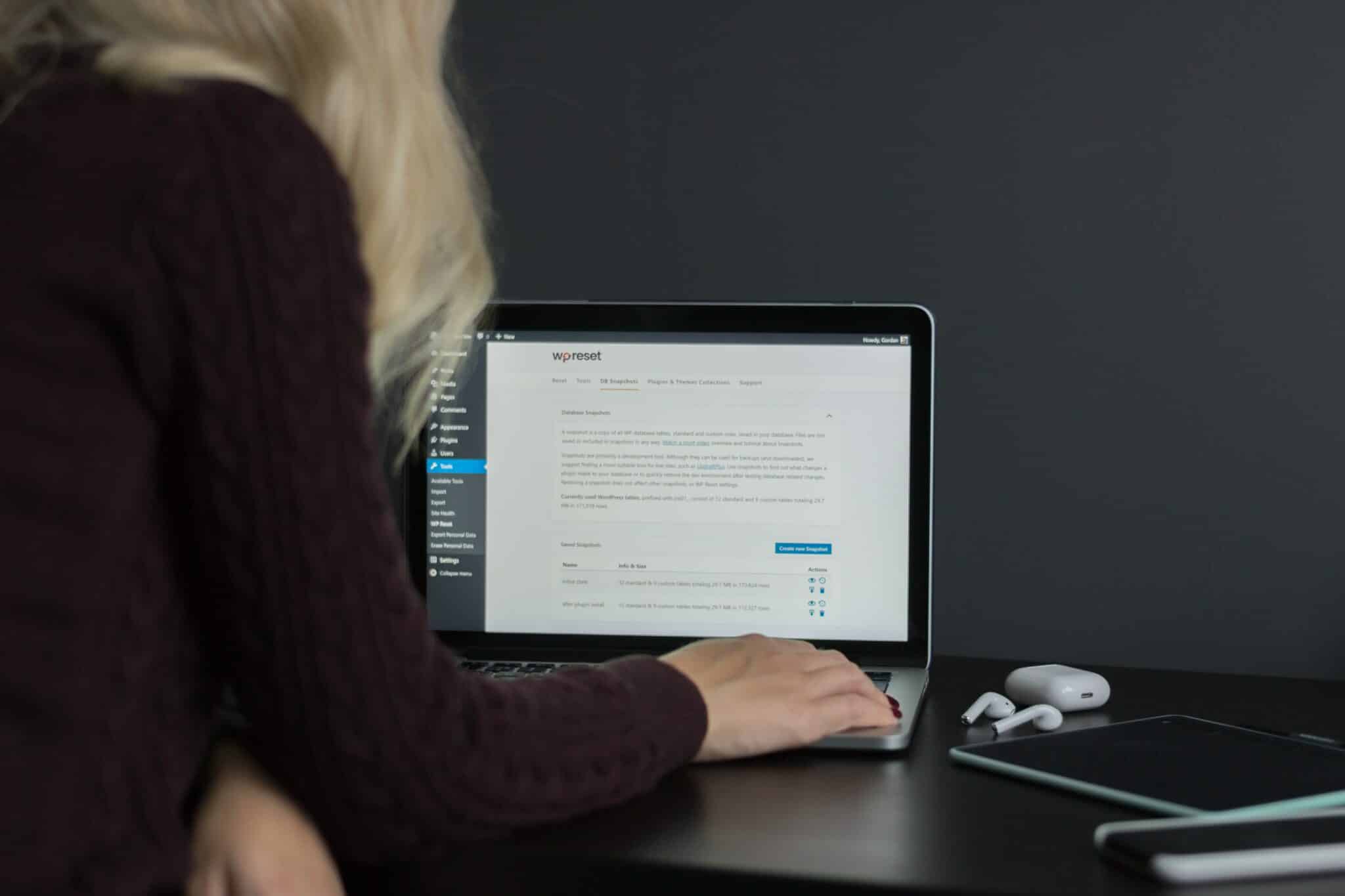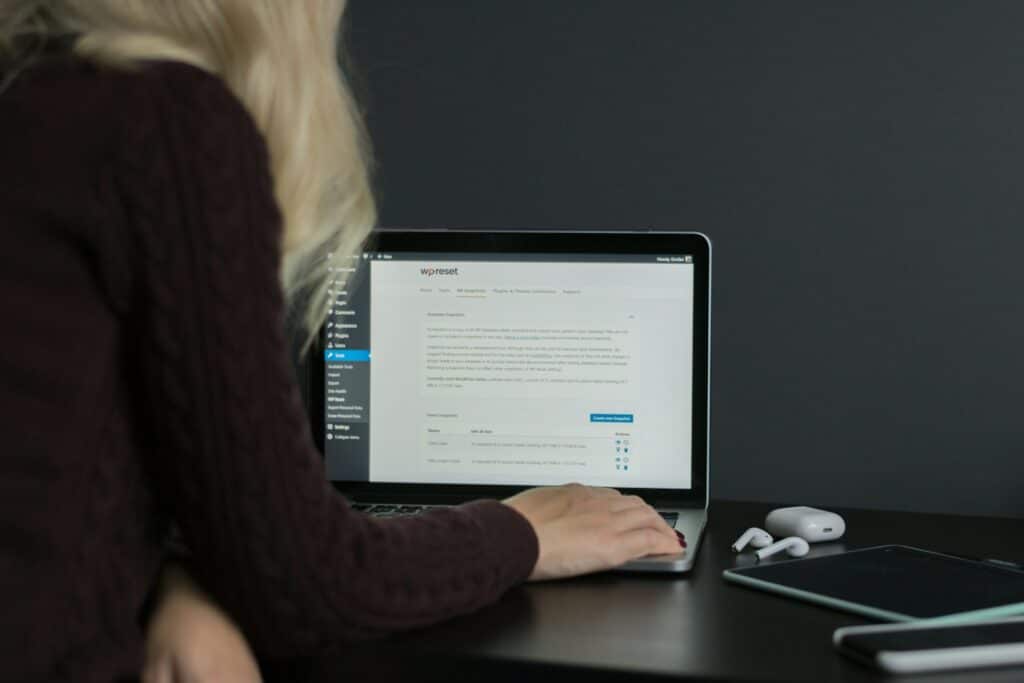Malware is a growing threat to WordPress users and can have a substantial negative impact on their websites. It is malicious software designed to attack and infect online systems, and WordPress sites are particularly vulnerable due to their popularity. If you pay attention to how your website is currently performing, you might need more time to save it by the time you realise it.
For more information, malware attacks may come in these forms:
1. Server Resource Abuse
Server resource abuse is a malware attack when malicious actors exploit vulnerable systems, applications or services on a server to carry out malicious activities. A compromised system can launch denial-of-service (DoS) attacks, spam emails, illicit content distribution, cryptocurrency mining, and other cyberattacks. It can be challenging for organisations to detect because the malicious activity often occurs in the background and does not directly affect user experience.
Sometimes, server resource abuse is done by taking advantage of a target system’s weak security measures or misconfigurations. This could include exploiting a vulnerability in an operating system, application, or service to gain access to a target system and then using it to launch malicious activities.
2. User Experience Deterioration
This type of attack often goes undetected until it has caused significant damage to the user’s system. A UX attack is designed to degrade or eliminate the user experience to create a less enjoyable or efficient experience.
This can be done through malicious activities such as slowing down the system’s performance or causing frequent pop-up advertisements.
In some cases, malware can disrupt online services and applications by deleting account information or making it difficult for users to access accounts. Attackers can also use mobile operating system vulnerabilities to access contacts and messages, track position data, hijack cameras and microphones, and delete files.
3. Decreasing SEO Performance
A malware attack that explicitly targets SEO performance can devastate a website, as it diminishes its visibility on search engines, reducing web traffic. Such an attack may be initiated by malicious actors to decrease a website’s popularity or to cause economic damage.
In such a case, the attackers will generally use malicious code or software to perform their attack. This code is designed to alter some aspects of a website, such as meta tags or titles, which search engines use to rank websites. As such, the website can be pushed down the rankings, dramatically reducing visibility.
4. Website Speed is Slow
This attack aims to deny access to essential services or websites by slowing them down to the point where they become unusable. It can also be used to extort money from the owner by demanding payment in exchange for lifting the restriction.
These attacks usually start with malicious code inserted into the website’s server through an existing security vulnerability or intentional interference. Once activated, the code takes up more of the server’s computing resources, leaving less for legitimate website requests.
Conclusion
WordPress has become a popular platform, and unfortunately, it is an attractive target for malware attacks. Knowing and understanding the various malware attacks common to WordPress platforms is paramount to protecting your website from becoming a victim. By learning what we have outlined in this article and taking measures, you can ensure that your WordPress website remains safe and secure against malicious attackers.
If you need WordPress maintenance to check whether you have malware attacks in other forms, ThriveWP is here to help you! We provide a range of specialised monitoring and security services that can help secure your WordPress site against malware, spam, and other malicious activity. Get in touch with us now!






